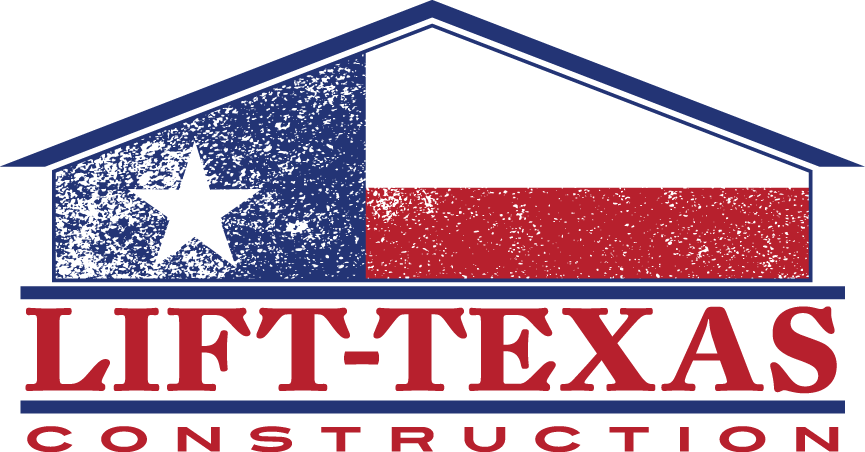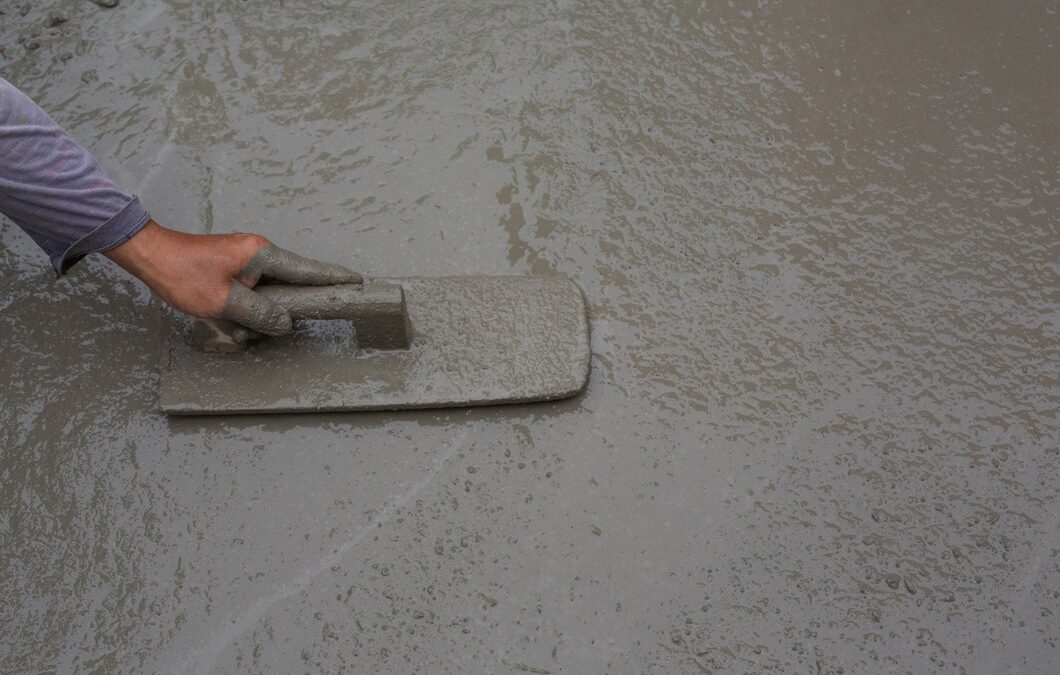Keeping concrete surfaces level is important for both safety and aesthetics. Uneven concrete can cause trips and falls, and it doesn’t look good either. Thankfully, there are ways to fix this problem. By understanding the causes of uneven concrete and knowing how to level it properly, you can maintain a smooth and safe surface.
Sometimes, the ground beneath the concrete shifts, causing it to become uneven. Other times, poor installation methods lead to problems down the line. Identifying these issues early can make the leveling process much easier. Once you understand what’s causing the problem, you can take steps to fix it and keep your concrete in good shape.
Using self-leveling compounds can make the job straightforward and effective. They help fill in low spots and create a smooth finish. Maintaining your concrete after leveling keeps it looking great and functioning well for years to come. By following the best practices for concrete leveling, you can handle these issues efficiently and ensure a safe, level surface in your home or business.
Understanding the Causes of Uneven Concrete
Uneven concrete can happen for several reasons. One common cause is soil movement underneath the concrete. When soil shifts, it can create voids or empty spaces that make the concrete above it sink or crack. Changes in moisture levels in the soil, such as heavy rain or prolonged drought, can lead to these soil movements.
Another cause of uneven concrete is poor installation. If the ground underneath isn’t properly prepared before pouring the concrete, it can settle unevenly over time. Poorly compacted soil, incorrect concrete mix, or improper curing can all contribute to an unstable slab. Heavy loads, like cars or large equipment, can also put pressure on improperly installed concrete, making it sink or crack over time.
Preparing Your Concrete Surface for Leveling
Proper preparation is key to successfully leveling uneven concrete. Start by cleaning the area thoroughly. Remove all dirt, debris, and loose concrete pieces. You might need to use a stiff broom or a pressure washer to get the surface clean. This ensures that the leveling compound will adhere properly.
Next, inspect the area for any large cracks or holes. These need to be filled before you apply the self-leveling compound. Use a concrete patching mix to fill these spots and let it dry completely. It’s also a good idea to apply a primer to the concrete surface. The primer helps the self-leveling compound bond better with the existing concrete, ensuring a smooth and even finish.
Before you start the leveling process, make sure to follow safety precautions. Wear protective gear like gloves and safety goggles. Ensure good ventilation if you’re working indoors. Preparing your surface properly sets the stage for a successful concrete leveling project, resulting in a safer and more durable finish.
Step-by-Step Guide to Using Self-Leveling Compound
Using a self-leveling compound is a handy way to correct uneven concrete surfaces. Here’s a simple step-by-step guide to help you get the job done right.
- Preparation: Start by cleaning the concrete area thoroughly. Remove any dust, dirt, or debris. If there are any large cracks or holes, these should be filled with a suitable filler and allowed to dry completely.
- Priming: Apply a primer to the clean surface to ensure good adhesion of the leveling compound. Follow the primer’s instructions for the best result, and let it dry completely before moving on.
- Mixing the Compound: Follow the manufacturer’s guidelines to mix the self-leveling compound. Usually, this involves combining the compound with water in a large bucket. Mix until the mixture is smooth and free of lumps.
- Application: Pour the mixed compound onto the prepared concrete surface. Use a trowel or spreading tool to evenly distribute the compound, allowing it to self-level as it spreads out.
- Curing: Allow the compound to dry and cure according to the manufacturer’s instructions. This usually takes about 24 hours. Keep the area free from foot traffic during this period to ensure a smooth finish.
Following these steps will help you achieve a level concrete surface efficiently.
Maintenance Tips to Keep Your Concrete Level
After you’ve leveled your concrete, maintaining it is key to long-lasting results. Here are some practical tips to keep your concrete surfaces in great shape.
- Regular Cleaning: Keep your concrete clean by sweeping away debris and washing it periodically. This prevents dirt and grime from accumulating, which can lead to deterioration.
- Seal the Surface: Apply a concrete sealer to provide an extra layer of protection. Sealing helps prevent water, stains, and other elements from penetrating the surface.
- Watch for Cracks: Regularly inspect your concrete for new cracks or damage. Addressing small cracks early on can prevent them from becoming bigger problems. Use a suitable filler to repair minor cracks as soon as you detect them.
- Control Moisture: Ensure proper drainage around your concrete surfaces to avoid water pooling. Excess moisture can weaken concrete over time, leading to unevenness. Check your gutters and downspouts to make sure water flows away from your home.
These maintenance practices will help you keep your concrete surfaces looking and performing well for years to come.
Conclusion
Caring for your concrete surfaces is essential for maintaining a safe and stable environment at home. By following these simple steps, you can prevent foundation damage and keep your concrete level and strong. From using self-leveling compounds to regular maintenance, each step plays a crucial role in the overall health of your concrete.
Remember, proactive measures can save you from significant repairs in the future. If you need expert assistance, whether for foundation repairs or concrete leveling, Lift-Texas Construction is here to help. We offer professional solutions to ensure your concrete and foundation stay in top condition. Reach out to Lift-Texas Construction today and let us lift your projects to a whole new level of excellence.

